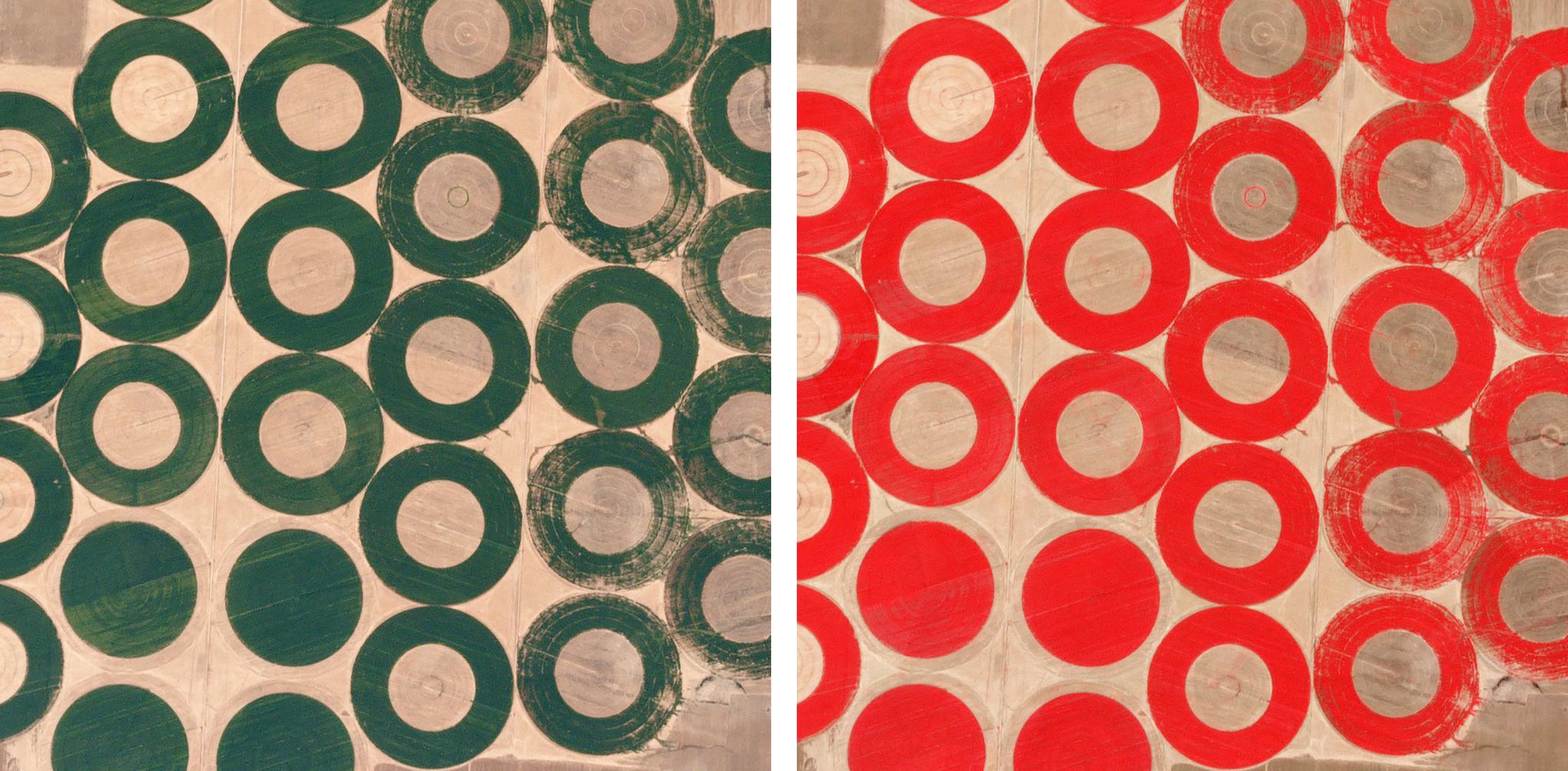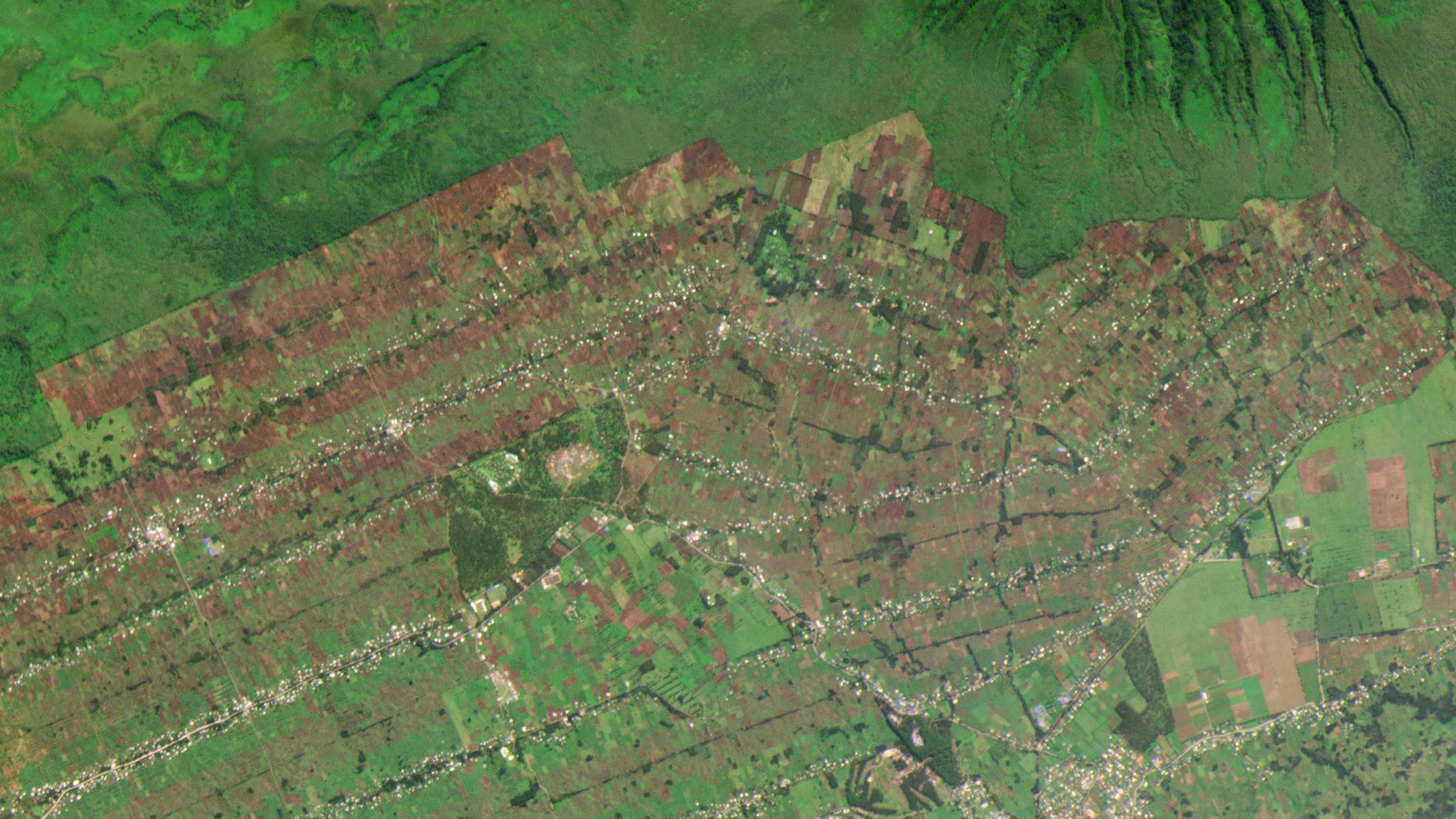Agtech Startups Continue to Scale Globally with Planet Imagery
The key to a startup’s success is growth. To achieve that, you need a foundation that is scalable. Planet’s constellation of Earth-observation satellites is imaging the entire Earth every day, unlocking unlimited potential and providing the needed foundation for agricultural technology (agtech) startups. The agtech sector is showing continued momentum in 2019, paving the way for another “record-breaking year.” Planet is witnessing this growth firsthand as it continues to expand its agricultural customer base while supporting customers’ expansion to new markets through dependable, consistent, “always-on” daily imagery. “To reach our growth targets, we need a global dataset. We know we can rely on Planet’s high frequency imagery to rapidly prototype, pilot, and launch products in new markets like Central America and Southeast Asia,” says Ben Worley, CEO of Agrisource Data. “These equatorial regions are also extremely cloudy, so there isn’t really an alternative to high frequency satellite imagery. Planet is the most economical option for getting enough cloud-free images during the growing season.” [caption id="attachment_143656" align="aligncenter" width="3680"]



Ready to Get Started
Connect with a member of our Sales team. We'll help you find the right products and pricing for your needs


